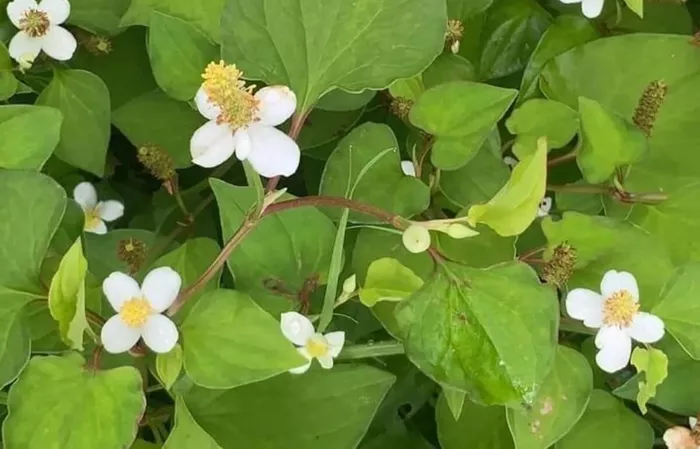In Northeast Ohio, invasive plants like fish mint, Vinca minor, and knotweed pose a serious threat to native flora and natural ecosystems. These aggressive species spread rapidly, often forming dense mats that block sunlight and suppress native wildflowers and groundcovers.
Vinca minor, with its glossy green leaves and violet flowers, may appear attractive but is a tough invader that spreads through trailing stems rooting wherever they touch soil.
Hand-pulling small patches can help but requires persistence over several years to fully eradicate the plant and prevent regrowth.
Invasive groundcovers such as fish mint and periwinkle disrupt local habitats by outcompeting native plants. Mechanical removal alone often falls short, as incomplete removal can damage soil or encourage regrowth from roots.
For tougher invasives like knotweed and kudzu, chemical control with targeted herbicides, such as glyphosate-based products, is often necessary to protect native plant communities.
Home gardeners are advised against using household substances like vinegar or salt as “natural” herbicides, since these can harm soil health and beneficial plants without effectively killing invasive roots.
Each invasive plant requires a tailored removal strategy. For shallow-rooted groundcovers like Vinca and pachysandra, repeated hand-pulling combined with proper disposal is recommended. For invasive shrubs and trees, professional herbicide application is often the most effective approach.
Resources such as the Pennsylvania Department of Conservation and Natural Resources’ invasive plant fact sheets and the Cleveland Metroparks’ Invasive Plant Management guide provide science-based methods to help gardeners safeguard Northeast Ohio’s native biodiversity by controlling invasive flowers and plants responsibly.


